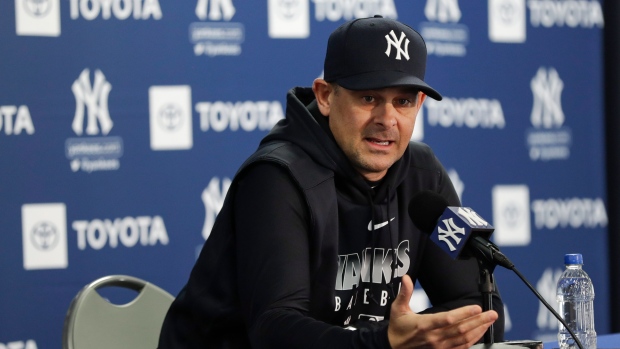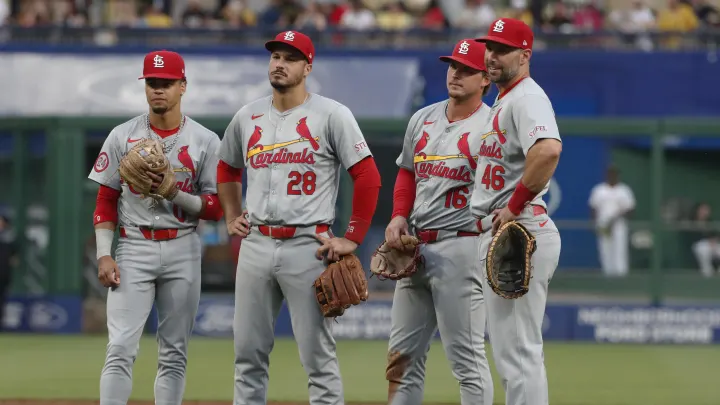Something clicked for Marcus Semien on Tuesday night in Sacramento. After being dropped from his usual leadoff spot to fifth in the lineup—a first under Rangers manager Bruce Bochy—the 34-year-old second baseman delivered his best offensive game of the season. Semien went 2-for-3 with a three-run homer, a walk, a sacrifice fly, and four RBIs in a much-needed bounce-back performance as the Rangers topped the Athletics.
The outburst came at Sutter Health Park, where the relocated A’s and their opponents have combined to average 5.4 runs per game with a .270/.342/.466 slash line. Whether it was the venue or the lineup shuffle that made the difference, Bochy’s reconfigured batting order paid off—new leadoff man Josh Smith, no. 2 hitter Wyatt Langford, and the slumping Jake Burger all homered. Semien’s blast, a 417-foot shot to center off Osvaldo Bido, broke open a 4-2 game in the fifth.
Tuesday’s homer was just Semien’s second of the season, and only his third extra-base hit. Entering the game, he was hitting .141/.209/.192 (17 wRC+), one of the worst lines among qualified hitters. After his big night, he lifted his slash line to .160/.231/.247 (39 wRC+), which still puts him among the league’s bottom 10—but he’s no longer the coldest bat in the Rangers lineup. That distinction currently belongs to Joc Pederson, who’s hitting .052/.141/.069 with a stunning -37 wRC+.

The Rangers have far more invested in Semien, who signed a seven-year, $175 million contract in December 2021. Since then, he’s been the cornerstone of their lineup, contributing power, defense, and consistency. Over his three full seasons with Texas, Semien has averaged 161 games per year, twice leading the majors in plate appearances and at-bats. He’s made two All-Star teams, helped the Rangers win their first World Series, and accumulated 14.8 fWAR and 17.5 bWAR—ranking him 14th and 8th in the majors during that span, respectively. His 7.7 bWAR in 2023 led all AL position players, trailing only Shohei Ohtani’s all-around excellence.
Yet, early season struggles are nothing new for Semien. Across his 13-year MLB career with the White Sox, A’s, Blue Jays, and Rangers, he has consistently started slowly. His career March/April slash line is .239/.311/.392 (95 wRC+), compared to .257/.324/.448 (112 wRC+) from May through October. That 17-point gap in wRC+ ranks as the 17th largest among qualified hitters since 2010.
This trend might explain why Semien’s elite production hasn’t always translated into All-Star recognition—especially when compared to players like Corey Seager (31-point difference) or Francisco Lindor (14-point difference, no All-Star selections since 2019).
Semien had a similarly rough start in 2022, hitting .157/.226/.217 through April after a shortened spring due to the lockout. He still managed to put up a 4.4 WAR season thanks to stellar defense. Last year, he posted 4.2 WAR with a .237/.308/.391 line. After a stellar 2023, it’s fair to wonder whether age is beginning to take its toll.
While it’s too early in the season to draw concrete conclusions, some signs of decline are visible. Semien’s swing rate is up to 51%, a career high, and his chase rate remains slightly elevated at 25%. Despite maintaining strong plate discipline—he’s still in the 84th percentile in swing decision quality (SEAGER metric)—his swinging strike rate has climbed to 10%, its highest since 2017.
One explanation may lie in his swing speed, which has always been below average. His current average of 68.6 mph ranks in the 12th percentile, up slightly from last year but still well below league norms. His “fast swing” rate remains low at 6.5%, though higher than 2024’s 4.2%. His quality of contact is also down, with declines in both squared-up and blast rates.
Statcast data suggests Semien’s struggles are tied to a dramatic uptick in ground balls—42.6% this year compared to around 34% the previous two seasons. Notably, 50% of his batted balls are being pulled, and nearly a third of his pulled balls are grounders. He’s hitting just .207 on grounders this year, down from .255 over the past three seasons.
His problems aren’t limited to one pitch type, either. Semien is handling four-seam fastballs well (.333 AVG/.500 SLG), but he’s just 1-for-20 against sinkers and 1-for-24 against sliders and sweepers—pitches he struggled with last season, too.
Why is Semien hitting more grounders, especially pulled ones, and why are fewer turning into hits? That’s still unclear. But given his history, it wouldn’t be surprising if this rough patch turns around soon. Rangers fans have seen him work through slumps before—and given the early stage of the season, there’s still plenty of time for him to get back on track.



